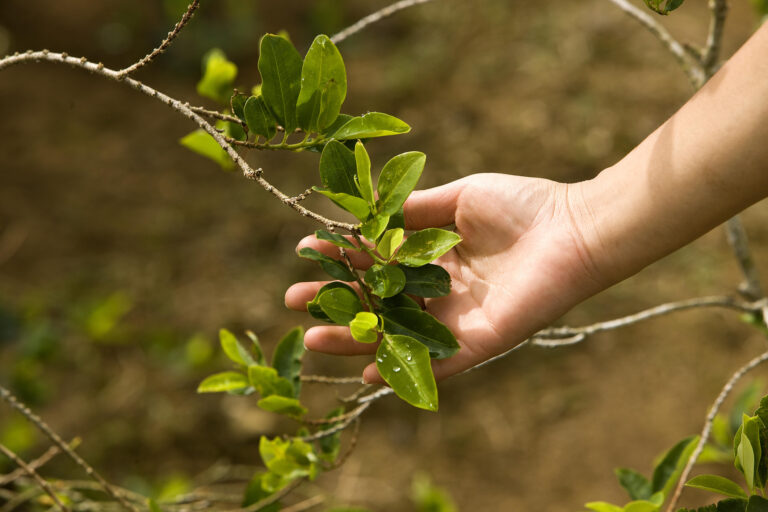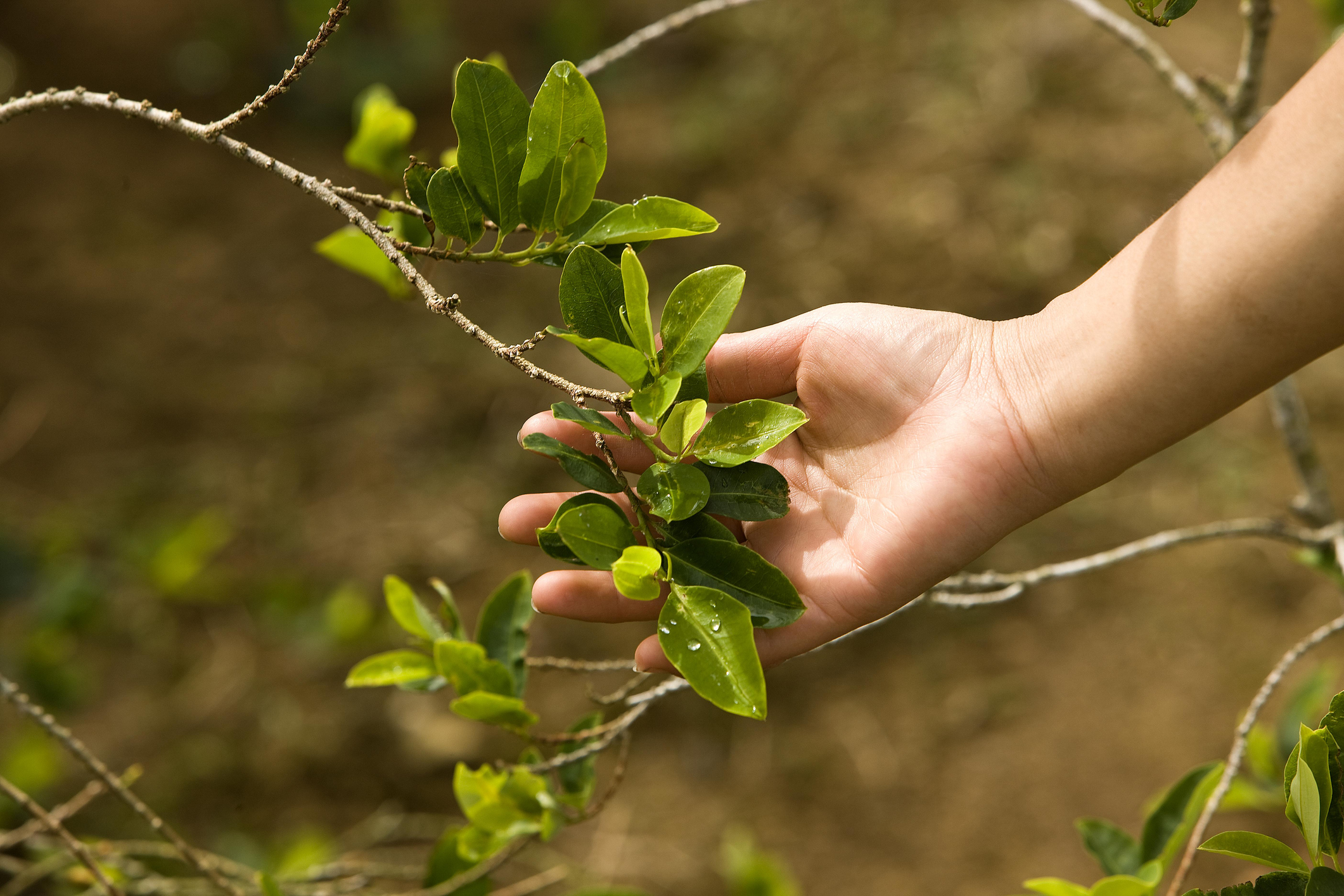
[ad_1]

Cocaine is perhaps most notoriously known as a dangerous drug. But it’s also used legally as a local anesthetic for surgeries. Scientists in China have now genetically engineered a tobacco plant to produce cocaine in its leaves.
“Actually, it’s a big challenge to solve this unresolved scientific question,” says Sheng-Xiong Huang, a plant chemist at the Chinese Academy of Sciences’ Kunming Institute of Botany.
Researchers have attempted to determine how the coca plant, native to western South America, biosynthesizes cocaine for at least a century.
More recently, Huang and other researchers found the biosynthetic pathway of the drug hyoscyamine, another tropane alkaloid with psychoactive effects. For a study published last year in the Journal of the American Chemical Society, Huang and his coauthors discovered a pair of enzymes responsible for creating cocaine.
Turning Tobacco Into Cocaine
To learn more about the process, the team had to reverse engineer cocaine by tinkering with the genes in another plant, in this case tobacco.
“Scientific curiosity and interest motivated us to do this in the first place,” Huang says.
But it’s not like you’re going to start seeing extra warnings on your cigarette packs anytime soon.
Read More: A Short History of Cocaine Wine and Coca-Cola
For starters, Nicotiana benthamiana is a relative of tobacco native to Australia — not the kind usually grown on an industrial scale to make cigarettes.
The researchers also weren’t trying to find an alternate way to produce cocaine commercially. Genes in this tobacco plant are easy to manipulate — a Canadian company was genetically modifying N. benthamiana to quickly produce particles they were using to develop a vaccine for COVID-19.
In this case, Huang and his colleagues identified several candidate genes responsible for creating cocaine. Once they inserted these in the N. benthamiana, they created a small amount of cocaine.
Limited Amount of Cocaine Produced
It’s not as if drug cartels are going to start mass producing cocaine using tobacco plants, though.
“This reconstruction of cocaine in tobacco means nothing because cocaine production [via this method] is quite low,” Huang says. And even if these cracked-up tobacco plants did have a significant amount of coke, “This ability is not retained in the next generation of tobacco,” Huang adds.
Read More: Cocaine E-Cigarette Could Help People Struggling with Addiction
For medical or research purposes, it would make more sense to produce it again in the future using a yeast strain, Huang says.
But there is another upside to this research: Learning more about the drug and its production could result in researchers creating a less addictive variety of cocaine that still retains its anesthetic properties useful in medicine.
[ad_2]